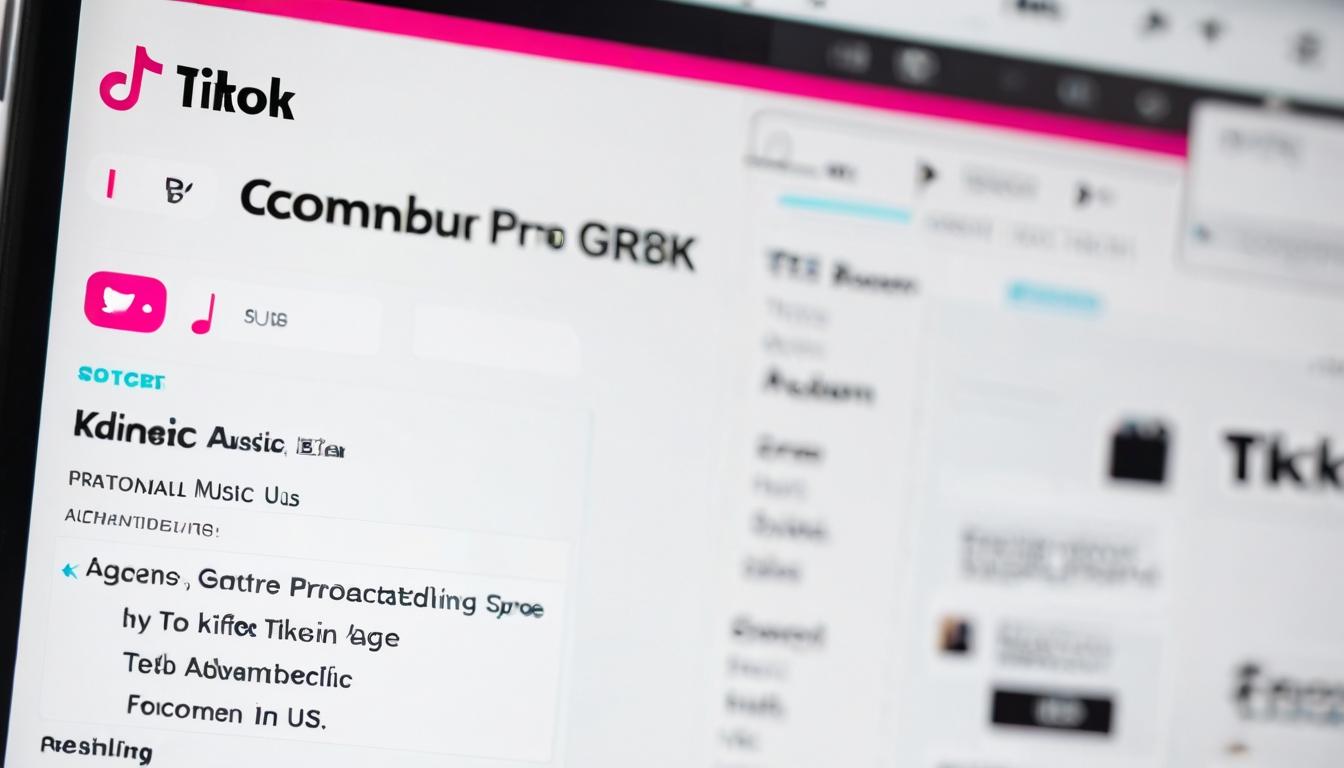In the dim glow of laptop screens across countless bedrooms, a quiet revolution is brewing. The tools of music production, once guarded behind studio doors accessible only to major labels and wealthy artists, have been democratized. A teenager in Toledo can now craft a beat that rivals anything coming out of Los Angeles or London, using nothing more than a cracked copy of FL Studio and a pair of secondhand headphones. This isn't just technological evolution—it's a cultural upheaval that's fundamentally altering how we discover, consume, and create music.
The barriers to entry have crumbled. Where aspiring musicians once needed thousands of dollars for studio time, professional microphones, and analog gear, today's hitmakers often start with free software trials and YouTube tutorials. Platforms like Splice offer endless sample libraries for monthly subscriptions cheaper than most streaming services. The result? A flood of content so vast that traditional gatekeepers—A&R reps, radio programmers, magazine editors—can no longer keep up. The charts are increasingly filled with artists who built their audiences online first, bypassing the industry machinery entirely.
This democratization comes with both promise and peril. On one hand, we're witnessing an unprecedented diversity of sounds and voices. Genres are blending at hyperspeed, with hyperpop colliding with folk, drill merging with ambient, and regional scenes from Nairobi to Seoul gaining global traction overnight. Artists like PinkPantheress and d4vd exploded from TikTok clips to major label deals in months, their lo-fi aesthetics becoming polished without losing their intimate charm. The very definition of "professional production" is being rewritten in real time.
Yet this abundance creates its own challenges. With millions of tracks uploaded to streaming services weekly, discoverability has become the new bottleneck. Algorithms now wield power once held by radio programmers, their opaque formulas determining which songs break through. The relationship between artist and audience has shifted from passive consumption to active participation—fans don't just listen; they remix, sample, and spread tracks through social media, becoming unofficial A&R scouts themselves.
The economic implications are equally transformative. Traditional revenue streams like album sales and touring have been supplemented (and for many, replaced) by sync placements, brand partnerships, and Patreon subscriptions. Artists are building businesses around their music rather than hoping for record deals, treating their craft as both art and entrepreneurship. This independence comes at a cost—constant content creation, self-promotion, and the pressure to be not just musicians but media personalities.
What emerges from this chaos is a new creative ethos: imperfection as virtue, authenticity as currency. The bedroom producer's signature—slightly muddy mixes, intimate vocal takes, quirky samples—has become a badge of honor rather than a limitation. Listeners crave the human touch in an increasingly automated world, finding connection in the faint hum of a laptop fan or the accidental click of a mouse left in the recording. This isn't nostalgia for lo-fi; it's appreciation for process, for the visible hand of the creator.
As we look to the future, the lines will blur further. AI tools already suggest melodies and master tracks, while virtual artists perform to packed digital venues. The bedroom producer of tomorrow might collaborate with algorithms, their human creativity augmented by machine learning. Yet the core appeal remains unchanged: the solitary figure crafting worlds in the quiet hours, sending their creations into the digital ether in hopes of connection. The revolution wasn't televised; it was streamed.
The underground revival: how bedroom producers are reshaping pop music

